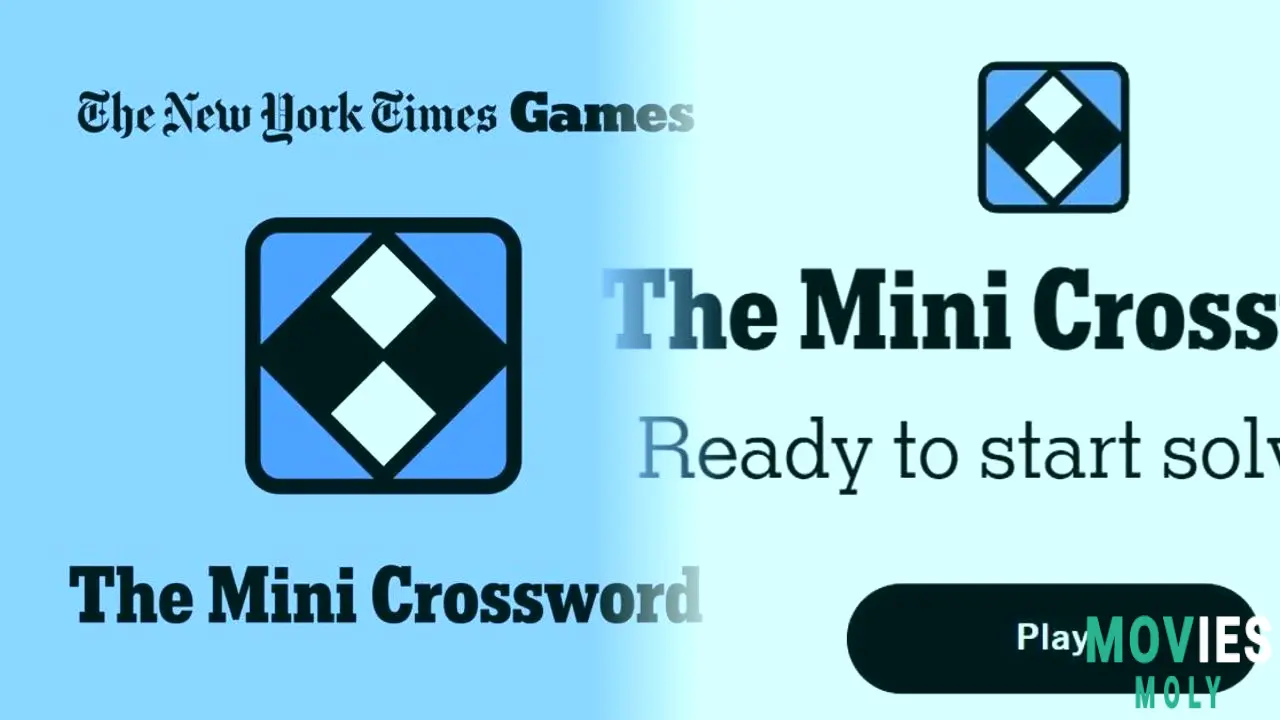If you're anything like me, you probably like the everyday enjoyment of the Nyt Mini Crossword. It's a smaller, faster version of the big crossword. Many people view it as a race to see how quickly they can do it. It's also great because you don't need a subscription to play it. However, a tough clue does appear from time to time. This can truly disrupt your flow, leaving you looking at the screen and unsure what to write. This is where a little assistance comes in helpful. It feels nice to figure it out on your own, but a shove in the correct way can rescue the day.
One clue recently piqued people's interest: "Slow ___ (primate with big eyes)." If you've never heard of this animal before, it's a bit of a mystery. Seriously, which primate is notorious for being slow and having large eyes? The answer, as many discovered, is LORIS. This little word unveils a fascinating creature. It demonstrates how the NYT Mini may combine common information with surprising facts about the world. It is not only about words. It is also about discovering.
When a tiny crossword puzzle sends you on a journey to discover a wild animal.Why is the New York Times Mini Crossword so good at mixing simple fun with surprising facts?
The NYT Mini Crossword's appeal lies in its ability to fill a little grid with so much variation. You can learn about popular culture, grammar rules, and general information. It's a blend that keeps things interesting. The combination of challenge and charm is what makes it so appealing. One moment you're thinking of a famous movie quotation. Then you're trying to memorize a grammatical rule or, in this case, an animal.
The "slow primate with big eyes" clue is an excellent example of this. When I first saw it, I was stuck. My mind went through all of the common primates, including monkeys, apes, and lemurs. None of them fitted exactly. Lemur almost worked for a second, but then I noticed the down indications. They didn't make sense. That is the genius of crossword puzzles. They challenge you to think in new ways. When you eventually reach LORIS, a little bell rings in your head. Then you want to learn more about the animal.
The NYT Mini's designers do an excellent job of making every clue count. Even within a small 5x5 grid, they incorporate a variety of ideas. From animals to literary quotations to ordinary items. This particular clue, LORIS, demonstrates how much you can learn from a basic puzzle. It turns out that this charming nocturnal creature is recognized for its large eyes and soft, meticulous movements. It's not something you think about every day. That is why it is so memorable when used in a puzzle. It makes you feel as if you have discovered something fresh.
Meeting the Slow Loris: Why this primate with big eyes is so special and sometimes misunderstood.

Beyond the puzzle: what makes the slow loris such a fascinating creature of the night?
The slow loris is a tiny primate that lives in Southeast Asia. It's easy to see why it acquired that moniker. It proceeds slowly and deliberately. This is not due to laziness. It's a brilliant way for it to move without being seen. Their large, round eyes are another distinguishing trait. Because they are primarily active at night, these eyeballs assist them in seeing effectively in the darkness. They seem adorable in photographs. They have a round face and a shocked, wide-eyed expression. Many people react the same way I did: "Awww, cute!"
However, there is more to these animals than their attractive appearance. They are the world's only known poisonous primates. Their bite is capable of delivering venom. This comes as a surprise given the creature's kind appearance. This venom is derived from a gland on their arm and mixed with their saliva. They utilize it to defend themselves against predators. It also protects the young. This secret resistance lends an unexpected dimension to their serene look. It serves as a reminder that appearances may be deceiving, especially in animals.
Slow lorises confront numerous problems in the wild. They are frequently victims of the illegal pet trade. People are attracted to their large eyes and leisurely movements. They don't realize the animals are wild. They require specialized care and are not intended to be pets. Their venomous bite also poses a risk to anyone attempting to handle them. This is the sad portion of their story. It serves as a reminder that learning about an animal, even through a crossword puzzle, can occasionally lead to important debates regarding wildlife protection.
More Than Loris: Other Memorable Clues That Make the New York Times Mini Crossword Fun

From Alice in Wonderland to American Mammals: the variety that keeps us coming back.
The "Loris" clue is only one illustration of how varied the NYT Mini Crossword is. The riddles frequently contain references to renowned novels, historical facts, or ordinary items. For example, a recent hint mentioned a "Title character who says 'I've often seen a cat without a grin... but a grin without a cat!'" The answer is, of course, ALICE. This adds a humorous literary element to the puzzle. It evokes memories of childhood stories and great quotations. These instances elevate the problem above a simple word game. They take you on a small journey through many aspects of our culture.
Then you have clues that refer to national symbols. A recent one inquired about the "national mammal of the United States." The answer is "BISON." This adds a sense of history and strength to the puzzle. This is another example of the Mini Crossword's ability to stir things up. It can transform from a small, unknown primate to a huge, well-known national symbol. This diversity is part of its appeal. It means you never know what you'll find on the grid.
Some of the clues are about social niceties, such as "Something to RSVP for." That is an EVENT. Alternatively, they could be about common linguistic errors. A clue asked for the "Word commonly mixed up with 'fewer'." The answer is less. Grammar fans frequently smile or grumble when they hear this one. "Less" refers to quantities, whereas "fewer" counts specific items. The combination of general knowledge and attention to detail keeps the puzzles interesting. It means that each day presents a new tiny mental test.
Why The NYT Mini Crossword Remains Popular, and What It Means For Puzzle Fans
How A Quick Daily Puzzle Can Provide Both Entertainment And A Bit Of Learning
The New York Times Mini Crossword remains a popular choice among many. It is quick, typically requiring only a few minutes to finish. This makes it ideal for a quick break during the day. You may play it on your phone or computer. It's a short burst of mental activity that feels excellent to complete. Even when you are stuck, the exercise of sorting through the clues and eventually finding the answer is satisfying. People return day after day because they enjoy the feeling of finding things out.
The puzzle is more than just some fast entertainment. It also offers the opportunity to learn something new. As with the "Loris" clue, you may find yourself searching for an animal you've never heard of. Alternatively, you can recall a quote from a book you read a while ago. It is a mild method to keep your brain busy. It combines pleasure and learning. This mix is what makes it so effective. It's brief, yet insightful. It respects your time while challenging your brain.
For many people, the daily puzzles help to establish a routine. It's a simple practice that may improve your day. Whether you're looking to set a new speed record or simply enjoy the process, the NYT Mini Crossword delivers. It doesn't aim to be too difficult. It seeks a balance that may be enjoyed by anyone. It demonstrates that you don't need something complex to be satisfied. A small grid and a few clever clues might sometimes suffice for a delightful moment.




